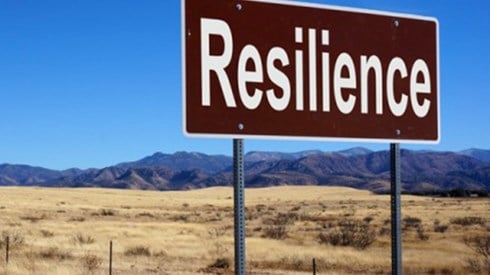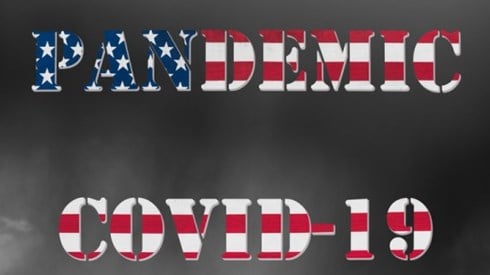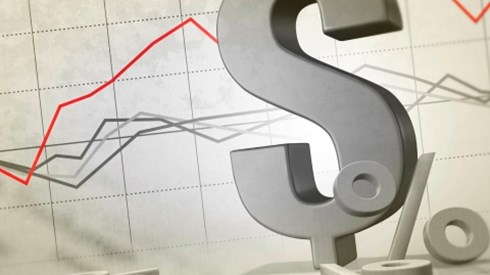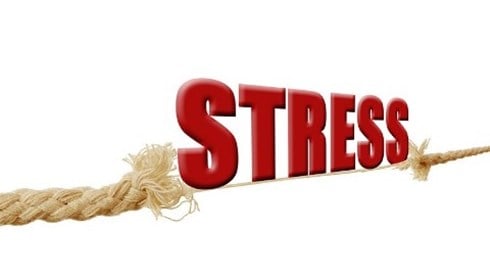COVID-19 Economic Fallout Prompts Negative Commercial P&C Outlook
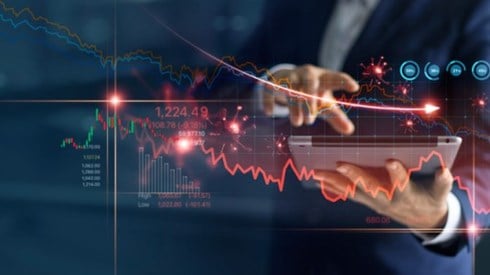
April 13, 2020

The COVID-19 pandemic's effect on the broad economy will have a significant impact on commercial lines property-casualty (P&C) insurance, leading A.M. Best to move the sector's outlook to negative.
"The COVID-19 pandemic has led to a rapidly deteriorating heath, economic, and financial markets landscape," Stefan Holzberger, chief rating officer at A.M. Best, said during a webinar the rating agency presented last week examining the pandemic's impact on the insurance industry.
A.M. Best expects continued investment market volatility in 2020 and a deep economic contraction in the second quarter, "events that have significant implications for the insurance industry," Mr. Holzberger said in moderating the webinar, titled "Impact of COVID-19 on US Insurance and Global Reinsurance Outlooks."
Assessing commercial lines property-casualty insurance, John Andre, managing director at A.M. Best, noted that the outlook for the sector had been stable coming into the pandemic and, as recently as late March, many of the business tailwinds that had supported that outlook remained in place.
"What had been a surprise was the length and unforeseen depth of the COVID-19 issue and the macroeconomic fallout from social distancing to slow the spread of the disease," Mr. Andre said.
Other than event cancellation coverage, travel lines, and, in some limited cases, business interruption coverage, Best doesn't anticipate significant commercial lines P&C activity resulting directly from the pandemic, Mr. Andre said.
However, given the rapid deterioration of the economy, skyrocketing unemployment claims, and more than 90 percent of the nation's population under some sort of stay-at-home order, Best believes the commercial lines segment likely will feel the pandemic's impact through 2020 and likely into 2021.
Among the business headwinds commercial property-casualty insurers are facing as a result of COVID-19 are reduced premiums and earnings as a result of a downturn in the economy, and the impact of lower asset values and lower-than-expected interest rates, Mr. Andre said.
He noted that there's also been considerable discussion of government intervention or "regulatory creep" that would provide policyholders coverage for business interruption, despite a lack of triggering events or the presence of specific exclusions. "Shortsighted reactions by legislators to aid small business would have a very detrimental impact on the commercial sector and commercial P&C products," Mr. Andre said.
The commercial P&C sector does continue to enjoy some business tailwinds, Mr. Andre said, including solid risk-adjusted capitalization and liquidity. While the rating agency is evaluating rated companies' capitalization, "A.M. Best believes that most companies have sufficient capital to support their current ratings despite the volatility that marked much of the month of March," he said.
Mr. Andre also noted that an increase in rates that had been the trend before the pandemic could be considered a business tailwind and that a decline in economic activity will also likely lead to a decline in losses in most commercial lines.
Among commercial P&C subsegments, Mr. Andre noted that commercial auto and medical professional liability were among the areas for which Best's outlook was negative prior to the pandemic.
Of commercial auto, Mr. Andre said Best sees only limited COVID-19 impact. Insurers might experience reduced loss frequency as commercial vehicles encounter less traffic because of stay-at-home orders, he said, though some of that benefit might be offset by the fact that many commercial auto policies' premiums are usage based related to miles driven.
Regarding medical professional liability, Mr. Andre said, "The pandemic certainly adds further concerns especially for the staffing, supplies, and hospital space issues, which adds to additional risk and numerous liability concerns."
Many medical professionals are operating outside their areas of expertise to help with the pandemic, he said, potentially adding risk. "There also remain concerns over failure to diagnose, especially related to delays in non-pandemic-related treatments and elective surgeries," Mr. Andre said.
Mr. Andre said he believes that after the COVID-19 crisis passes insurers might adjust product offerings and introduce enhancements to address areas highlighted by the pandemic. "Any time there is a disaster, a major issue, the industry does react to what they perceive as a shortfall in underwriting or coverage not being as robust as they might have thought," he said. "So, I think there may be some fallout as we learn more from the P&C side about the ramifications of this issue."
The commercial P&C sector's return to a stable outlook "will depend in large part on the extent of the length of the economic downturn and conditions, progress on the development of effective treatments to the virus, and clearer sense of the impact of any government actions to offset some of the economic fallout of the shutdown," Mr. Andre said. He added that Best's expectation is for a relatively flat and lengthy economic recovery.
Assessing global reinsurers, Carlos Wong-Fupuy, senior director at A.M. Best, noted that in assessing the global reinsurance sector's stable outlook late last year, the rating agency found the sector to be very well capitalized. For several years, however, the large amount of industry capital had put downward pressure on reinsurance prices and conditions, he said.
At the same time, non-life reinsurers faced heightened claims activity, social inflation affecting casualty lines, and heightened loss activity in specialty lines of business.
"This in addition to a low interest rate environment has put pressure on several reinsurers, and it has created a perfect climate that we were seeing over the course of last year that puts pressure on the main companies to improve pricing and conditions," said Mr. Wong-Fupuy.
Those developments in pricing and conditions were in evidence in January and April renewals, he said, contributing to A.M. Best maintaining its stable outlook for global non-life reinsurance due to companies' strong balance sheet positions and financial flexibility and the positive pricing momentum.
The COVID-19 pandemic is likely a manageable event for most reinsurers, Mr. Wong-Fupuy said.
"We expect some level of impact on the underwriting side for particular lines of business," he said, citing business interruption, specialty lines, event cancellation, trade credit and surety, and workers compensation.
"There are going to be a number of explicit exclusions and sublimits around this," he said. While noting some governments' efforts to extend coverage retroactively, Mr. Wong-Fupuy said, "We expect this to be successfully challenged in court if it gets to that point."
April 13, 2020
